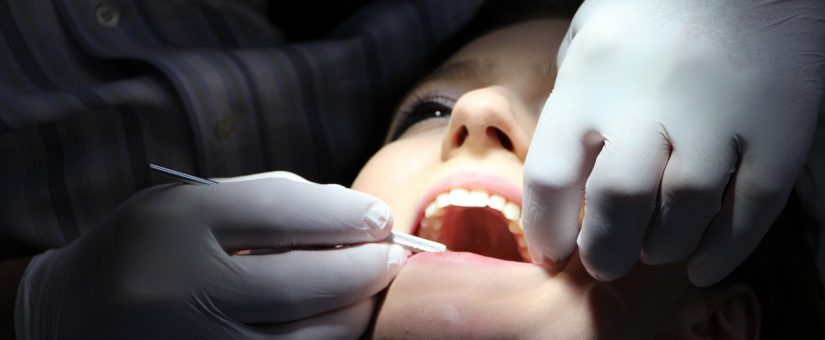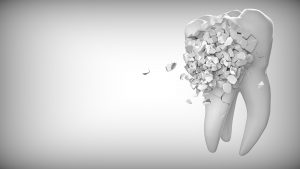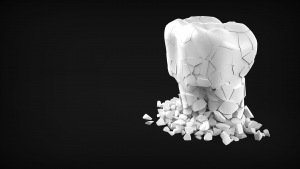
The most frequent questions that patients ask before dental implant treatment (Part VI)
- On January 29, 2018
- dental implant, faqs dentist, San Pedro Pinatar
As you already know in LG Dental we like informed patients, so since April 2017 we started a series of articles based on the Patientbooklets, the EAO, https://www.eao.org/history-of- eao, European Osseointegration Association and we bring you closer to the FREQUENTLY ASKED QUESTIONS TO MAKE PATIENTS BEFORE A TREATMENT WITH DENTAL IMPLANTS. Thus we arrive at 2018 with the next 8 questions collected in the sixth article delivery and, this time, they focus on the type of prosthesis to be used on implants.
Should my prosthesis be screw-retained or cemented?
Both techniques are widely used and effective. However, each has advantages and disadvantages. Your dentist will recommend the technique that is preferable for you.
Should my prosthesis be fixed or removable?
Both dental implant restoration methods – fixed and removable – work well. Removable implant-supported restorations are generally easier to less costly. If extreme bone resorption has occurred they can restore phonetic (speech) and facial profile aesthetics more effectively without the need for major surgical procedures. However, fixed implant-supported restorations are a better solution in most cases. Most people prefer to have a fixed restoration which they don’t need to remove, although this type of restoration can be harder to clean.
My dentist told me that my implant-supported prosthesis should include some artificial gingiva. Is that right?
When teeth are lost, the underlying bone (alveolar bone) and gingiva (gum) tend to shrink (resorb) both vertically and horizontally. The alveolar bone supports the teeth and when it no longer  receives stimulation from forces on the teeth, it tends to melt away. The soft tissue or gingiva will follow the bone in this process of resorption. Areas where teeth have been missing for a long time, or where they have been replaced with removable dentures, are often characterised by considerable tissue loss. At times, this tissue loss can be regained with adjunctive procedures (bone and gum grafts), but sometimes the best option is to mimic the missing bone and soft tissue with artificial gingiva. Recreating artificial gingiva can be as important to the aesthetic result as the recreation of a natural looking tooth or teeth, particularly if you have a high smile line. In addition, the artificial gingiva will often help give adequate lip support, enhancing overall facial aesthetics.
receives stimulation from forces on the teeth, it tends to melt away. The soft tissue or gingiva will follow the bone in this process of resorption. Areas where teeth have been missing for a long time, or where they have been replaced with removable dentures, are often characterised by considerable tissue loss. At times, this tissue loss can be regained with adjunctive procedures (bone and gum grafts), but sometimes the best option is to mimic the missing bone and soft tissue with artificial gingiva. Recreating artificial gingiva can be as important to the aesthetic result as the recreation of a natural looking tooth or teeth, particularly if you have a high smile line. In addition, the artificial gingiva will often help give adequate lip support, enhancing overall facial aesthetics.
What happens to the gingiva and the jaw bone after a tooth is lost?
Immediately after a tooth is removed, a blood clot forms in the socket. Over the following weeks, blood vessels and cells from the socket wall form bone, repairing the socket. At the same time, gingival cells migrate across the surface of the blood clot creating new gingiva and closing the extraction socket. Unfortunately, healing of the socket is normally associated with shrinkage and reduction of both bone and soft tissue. The extent of the tissue loss depends on a number of factors including your individual biology and the degree of tissue trauma during the removal of the tooth.
Can the loss of tissue after a tooth is extracted be prevented?

The loss of tissue following tooth extraction can be minimised by limiting the trauma to the bone and soft tissue, and by avoiding removal of bone during the extraction. Sometimes the empty socket is filled with a bone grafting material immediately after extraction to minimise loss of tissue.
Can lost bone be reconstructed?
Lost bone can be reconstructed in various ways. This includes using autogenous (your own) bone tissue. The process generally involves removing bone from a second surgical site, and as a result it is associated with the risk of additional morbidity. There are other types of bone grafting materials (bone substitutes) that can be used.
All grafting materials have to be integrated into the recipient site by penetration of newly formed bone which originates from the underlying jaw bone. Autogenous grafts have a biological activity of their own through the bone cells and bone matrix that is transferred. Other grafting materials are devoid of biological activity and rely on the ability of the residual bone tissue to incorporate them. The extent of bone loss, the location of the bone defect, and the condition of the overlaying soft tissues will have an impact on the material and technique of choice.
I have been told that I need a sinus lift. What is this?
A sinus lift is a surgical procedure that elevates the inner lining of the maxillary sinus. This creates a space between the maxillary bone and sinus membrane into which bone grafting material is placed. A sinus lift is often necessary within the molar and bicuspid areas of the upper jaw because the bone height is reduced after the bicuspid and molar teeth are lost. As result, the bone height needs to be restored before implants can be placed. Where the loss of bone height is limited, a sinus lift can be performed through the socket that is prepared for the implant. Where bone loss is

more extensive, access to the sinus membrane is required through the lateral sinus wall to allow for a controlled and safe elevation of the membrane. Sometimes implants can be placed at the same time as the sinus lift procedure is performed.
What are the alternatives to a sinus lift?
Alternative approaches are the use of short implants that can be placed in the residual bone underneath the sinus membrane. Another option is the use of angulated implants that are placed into the triangular bone contour in front of and behind the sinus membrane.
Article written by Dr. Luis Miguel Sánchez Suárez


